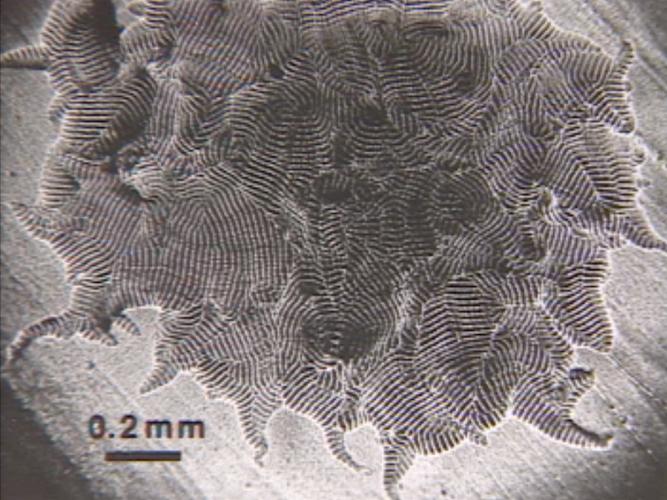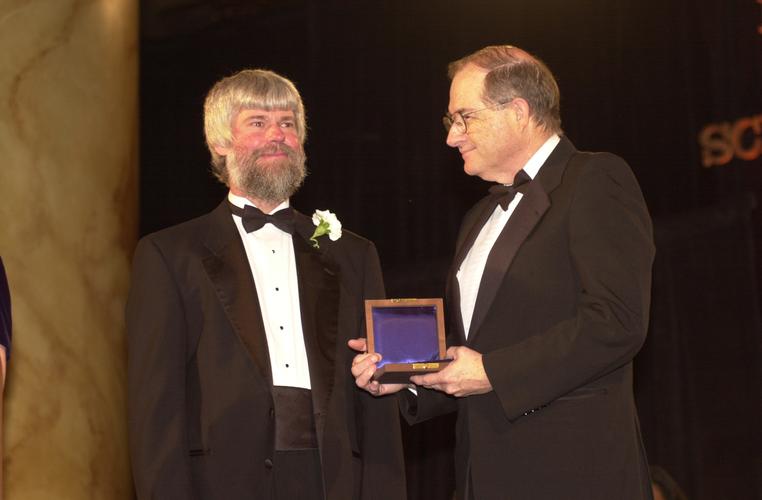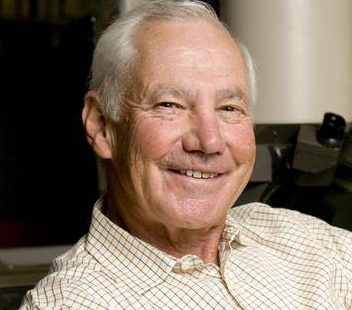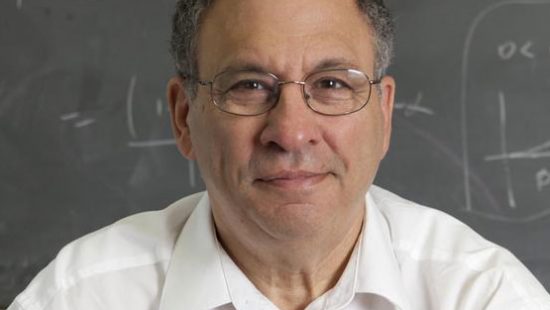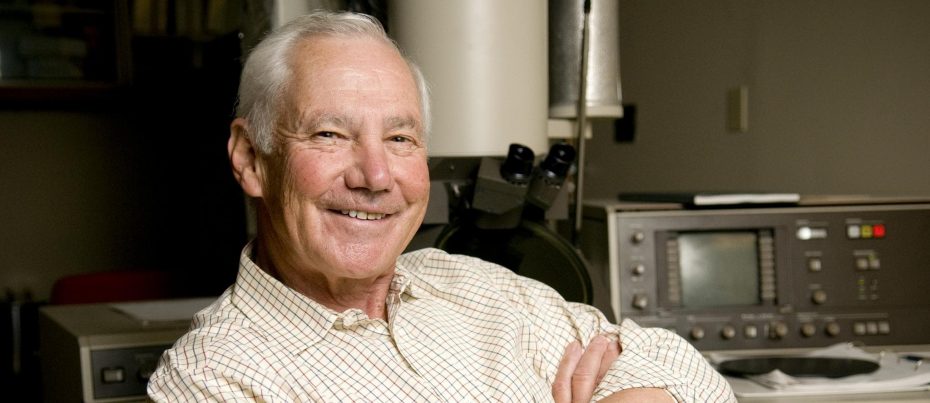Before evolutionary biologist Carl Woese came into the picture, scientists believed that all living organisms exclusively descended from either one of two types of cells: prokaryotes or eukaryotes. Prokaryotes, such as bacteria, are single-celled organisms whose genetic material forms an aggregate without being bound by a membrane. In comparison, eukaryotes, like plants and animals, are organisms with cells in which the genetic material is enveloped in a membrane, separating it from the cytoplasm.
Woese dedicated his career towards breaking the eukaryote/prokaryote dichotomy, urging his colleagues to do the same. Woese examined the physical traits of species through comparing the genetic sequences coding for ribosomes, organelles responsible for protein assembly. Studying species evolution from this perspective differed from evolutionary biologists at the time, who studied species relationships by examining their physical traits.
In 1977, Woese and his colleagues at the University of Illinois discovered that some organisms, like plankton, are not actually prokaryotes. He found that archaea, which scientists believed to be a subcategory within prokaryotes, actually evolved separately from an ancestral cell common to eukaryotes, prokaryotes, and archaea. This evidence was the first to demonstrate that all life on our planet is related through a single, common ancestor.
By Kristen Brida


